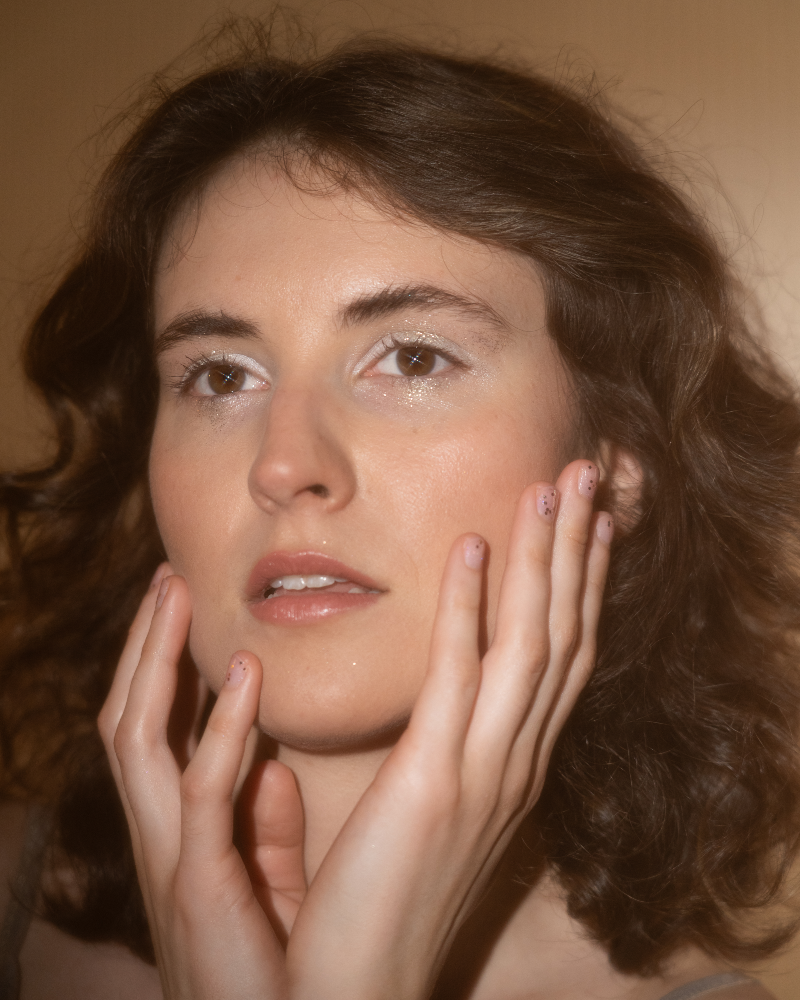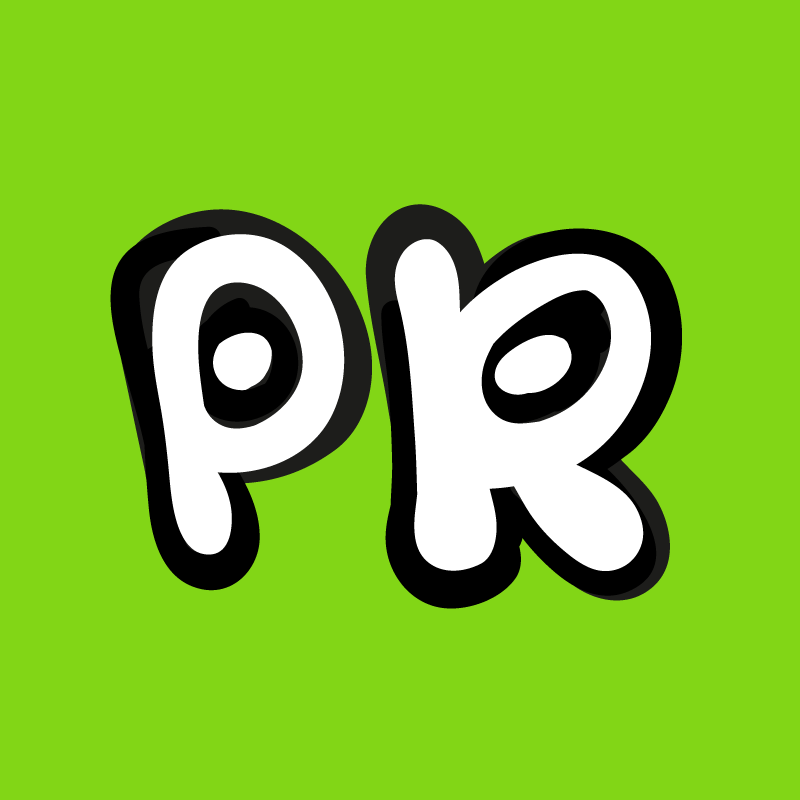PR ON THE GO May 2, 2024
Expert interview with Nina Anto, Founder at myAUDIOSIGN
Meet this Sonic Branding expert
Nina Anto is the founder of myAUDIOSIGN, a sonic branding production firm based in Los Angeles.
Nina is a composer, music producer, singer, and pianist with a stellar education from CalArts and Bimm London. She has created sonic signatures for renowned podcasts, awarded short films, and notable brands and NGOs.
For PR ON THE GO, Nina provides an insight into the often overlooked opportunities of sonic branding for startups.

Nina Anto, myAUDIOSIGN
Nina is a composer, music producer, singer, and pianist with a stellar education from CalArts and Bimm London. As the co-founder of myAUDIOSIGN, She has created sonic signatures for renowned podcasts, awarded short films, and notable companies such as Kaczmarski Group, Curtain Call (2022), Rafal Brzoska Foundation, Your Yes Has Power (Twoje Tak Ma Moc) Campaign.
Nina, we’re so excited to connect with you because we find Sonic Branding to be one of the most overlooked and powerful tools in brand identity.
Content creators and brands may consider creating a jingle for their podcast or YouTube ads. However, there is rarely a consistent sound strategy.
Please list the different sounds based on sonic branding that could/should be found on the customer journey.
Nina: When developing a sonic branding strategy for a company, it's crucial to consider all the touchpoints where sound can enhance brand recognition and contribute to a cohesive brand experience. Key touchpoints include the audio logo, advertisements on TV, radio, or social media that incorporate elements of the sonic logo, and product sounds—ensuring a coherent set of product and UX sounds. Other important elements are hold and waiting music, and more.
Think of it like this: when we hear a few notes from the Red Hot Chili Peppers, The Beatles, or Michael Jackson, we instantly recognize them, even without the band’s name being mentioned. These artists have a distinctive and coherent sound, making them easily identifiable. At myAUDIOSIGN, we aim to achieve a similar recognition for brands. Just as people instantly recognize the sonic signatures of Netflix, McDonald's, or the James Bond theme, we want to create unique signatures and a complete company soundscape. It’s about crafting brands’ unique sonic universe.
Sonic branding can significantly influence our perception of brands, often in subtle but powerful ways. What are examples for the subtle ways where a sonic signature masterfully blends into the customer journey?
Nina: I recently reinstalled the Revolut app and noticed that they've implemented sonic branding, which is absolutely awesome! The notification sounds made me personally experience the difference sonic branding can make for a company. I felt much safer while conducting transactions. Additionally, another subtle yet powerful opportunity for sonic branding is the 'hold music' when you call a company. There’s so much potential there to transform the waiting time into a joyful and relaxing journey, demonstrating respect for the customer. It’s a simple change, but it can have a massive impact on your relationship with your customers.
Who is behind myAUDIOSIGN, and how did you come to found a sonic branding production company?
Nina: There are six of us now! Roberto Sacco, Damian Pietrasik, and I handle the sound and music aspects, while Liza Orlowska and Olga Ilicheva take care of the animation side—often, certain elements of brand identity need to be animated before we can add sound to them, which is crucial for sonic logos!
We also collaborate with Dominika Maison and her company, Maison&Partners. Professor Dominika Maison is renowned for her expertise in the psychology of consumer behavior and strategic market analysis, setting a high standard in the industry.
When I started my MFA degree at CalArts, I already knew I wanted to do more than just music and release songs under my own name, Nina Anto. Being an entrepreneur has always been a passion of mine as well—in fact, when I was just 7 years old, I started my first little company because I thought it was a great way to spend time and benefit others. Combining these two passions for sound and business, myAUDIOSIGN was born, thanks also to the support of Roberto and Damian, who love music just as much as I do and continue to support myAUDIOSIGN along the way.
What is the process when a client comes to you? I assume you get their brand identity information and objectives for media initiatives that include audience segmentation. From there, how do you translate the brand colors, tone of voice and audience interests into a sonic universe?
[This questions is answered by Roberto Sacco of myAUDIOSIGN, who has degrees in music and design.]
Roberto: Yes, gathering brand identity information and understanding audience segmentation are crucial steps. For larger brands, we also offer in-depth marketing research conducted by Maison&Partners. We employ a series of interviews and questionnaires to deepen our understanding of the brand. Some brands come to us with initial ideas, that we want to put through the lenses of research and bring something to the table that will be satisfying for the brand that we work for but also for their customers.
Just as colors can signify different things to different people, sound also carries varied significance. A simple example is the sound of a siren, which universally signals urgency and danger. Individual life experiences shape how we interpret sounds, which makes our research and expertise incredibly valuable. We categorize sounds and musical elements according to their potential significance to a broad audience.
Translating colors into sound is a purely artistic endeavor. In our case, Nina and I both experience synesthesia, allowing us to see colors when we hear sounds, which makes the process quite spontaneous for us. We aim to align our personal perceptions with what might resonate with a broader audience. This is where teamwork becomes crucial, as it allows us to discuss and refine our perceptions with one another.
Ultimately, while research and methodologies guide our initial steps, our artistic sensibility plays a key role in the creative output. Each team member brings their unique skills, methods, and personal flair to the project. This diversity enriches our creative efforts.
Submit your startup interview: This is the Hack I've used to Grow My Business.
What is your best advice for 1) start-ups, 2) local businesses, 3) entrepreneurs in the creative industries to start sonic branding efficiently on a limited budget?
Nina: I recommend investing in a sound logo first. It serves as a foundational element from which all other sonic touchpoints can be developed in the future. This approach ensures that every sound associated with your brand is cohesive and aligned with the sound logo. This step is vital in setting a strong auditory presence in the market, even on a limited budget. If you would like to discuss something specific for your brand please feel free to send us an email at contact@myaudiosign.com, we also offer a free initial call.
Listen to some examples of our sound logo production here:
Marketers are looking to optimize website content for the visually impaired. In our call, you mentioned to me the important role that sonic branding can play in inclusion. Could you please elaborate how sonic branding can drive accessibility across the whole customer journey?
[This questions is answered by Damian Pietrasik, an exceptional music producer, composer, and a crucial member of myAUDIOSIGN team, offers valuable insights into this topic. As someone who is blind, Damian’s perspective is particularly pertinent. Therefore asked Damian to also share his thoughts on this topic.]
Damian: Accessibility is an essential and popular topic today. We are increasingly aware that individuals with disabilities are active participants in communication. It’s important that our communication methods are accessible to everyone. This extends to the creation of brand identities as well.
Sonic branding can be particularly beneficial for blind and visually impaired individuals by providing auditory cues that enhance their interaction with a brand. Incorporating sound into alerts, notifications, and feedback mechanisms can provide vital information about the operating state of a device, application status, or transaction confirmations. This helps ensure that blind users can use services more effectively and safely. Also, Implementing audio descriptions or sign language interpretations during the presentation of an audio logo or logo animation addresses contemporary needs. At myAUDIOSIGN, we are dedicated to considering the social aspects and needs of people with disabilities. We always prioritize the individual needs of users and strive to steer our clients' brands towards being modern and accessible. This approach ensures that all customers, regardless of their abilities, can have a meaningful interaction with the brand throughout their entire customer journey.
Finally, please list your top reasons why brands should get their sonic signature now.
Nina: The visual landscape is crowded. The need for inclusion in business, especially for people with visual impairments. To build emotional connections with your brand's customers. And to improve your user experience.
Thank you!
Connect with Nina Anto on LinkedIn
#PRontheGO
Subscribe to our growthhacking newsletter.
Follow the latest PR hacks from our experts.
